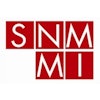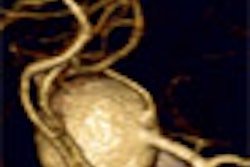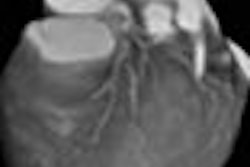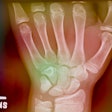The European Society of Urogenital Radiology (ESUR) has published guidelines aimed at preventing generalized reactions to contrast media. The organization culled recent medical literature, and a survey of its members, in an effort to gain consensus on the topic.
Available now on the ESUR's Web site, the first version of the guidelines includes instructions on avoiding contrast medium-induced nephrotoxicity and information on more general negative reactions.
At the 2001 European Congress of Radiology in Vienna, Dr. Henrik Thomsen from Copenhagen University Hospital in Herlev, Denmark, discussed how the organization gathered the information for its report and created the guidelines. Thomsen serves as chairman of the ESUR contrast media safety committee.
The goal was to identify and address areas where radiologists may disagree on protocol for treating contrast agent reactions, Thomsen said. A 165-item questionnaire was sent to 202 ESUR members in the Americas and northern and southern Europe. The questions covered risk factors and prophylactic measures for generalized contrast media reactions.
Just over a third of the surveys were returned (34%), Thomsen reported. According to the results, patients with a history of reactions to contrast agents and those with a history of allergy or asthma were at greatest risk, and should receive nonionic contrast media. In addition, when administering contrast agents to these patients, the respondents indicated that a resuscitation team should be available at the time of the procedure.
Nearly all of those surveyed (91%) said that they administered corticosteroids, sometimes in combination with antihistamines H1 or H2, at least 11 hours before the contrast agent in high-risk patients. But the dosage frequency varied, according to respondents.
"It’s interesting to see that 25% [of those surveyed] said they administer corticosteroids only once. Thirty-five percent said they do it twice, and about 28% said they administer corticosteroids at least three times. So there is still some confusion with regard to dosage," Thomsen said.
Only half of those surveyed said that they gave prophylactic drugs to patients with asthma. The rest said they choose a nonionic agent instead, and dispense with premedication.
Based on this information, the ESUR guidelines:
- Recommend the use of nonionic contrast agents.
- Note that corticosteroids are not effective if given less than six hours before the contrast medium.
- Recommend that alternative imaging techniques without contrast agents be considered for patients with diabetes, especially when renal function is abnormal or unknown.
Thomsen later told AuntMinnie.com that the survey's low response rate might indicate that radiologists are confused about the issue, rather than uninterested in it. The guide will be updated every two years, he added, with sections on extravasation, hemodialysis, and delayed reactions scheduled for release in the summer of 2002.
By Shalmali PalAuntMinnie.com staff writer
April 23, 2001
Related Reading
Radiologists should review checklist before off-label MR contrast use, March 2, 2001
Well-diluted contrast media is safer for colon evaluations in infants, May 18, 2000
Click here to post your comments about this story. Please include the headline of the article in your message.
Copyright © 2001 AuntMinnie.com


















